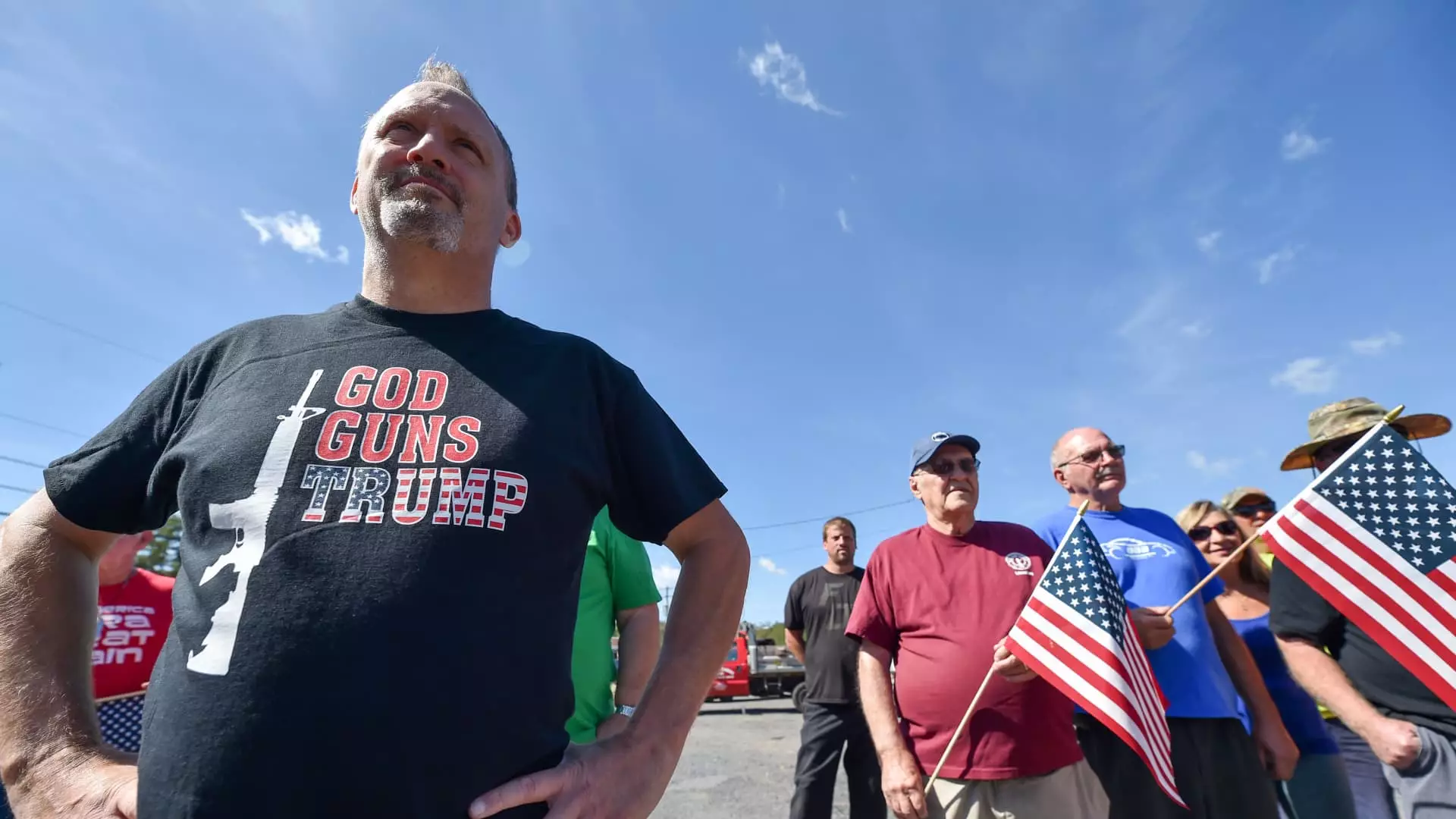Recent research has revealed that an overwhelming majority—over 90%—of travelers from Southeast Asia consider the prevalence of guns in the United States a significant factor influencing their travel decisions. This critical insight emerges from a comprehensive survey exploring the travel intentions of approximately 6,000 individuals from key Southeast Asian nations, including Singapore, Indonesia, Malaysia, Vietnam, the Philippines, and Thailand. Conducted by Milieu Insight and commissioned by CNBC Travel, the survey sheds light on the complex interplay between personal safety concerns and travel enthusiasm.
Despite the pervasive fear surrounding gun violence, a notable 56% of respondents indicate they are inclined to visit the U.S. in the coming years. A closer look at the data reveals that this figure escalates to 59% among those who have previously visited the U.S., suggesting that prior experiences might mitigate some apprehensions about safety. Nevertheless, it’s important to acknowledge that a significant number—74%—of these repeat visitors still believe that the problem of gun violence has intensified over time. “This indicates that firsthand experience can raise awareness of potential risks but does not necessarily dissuade future travel,” notes Antarika Sen, the associate research director at Milieu Insight.
The survey also unveils fascinating insights regarding perceptions of safety relative to different states in the U.S. Hawaii emerged as the safest option among respondents, while Texas garnered the reputation of being the least secure. This disparity between states highlights how gun violence is perceived variably across geographical lines. States like New York, California, and Florida also featured in this discourse, but respondents globally showed distinct preferences suggesting regional safety varies significantly.
Interestingly, nearly 80% of participants indicated that their willingness to attend large gatherings—such as concerts and festivals—would be heavily influenced by their perceptions of gun ownership in the U.S. This reveals an essential consideration for event organizers and tourism professionals who must navigate the complexities of safety in an increasingly cautious travel environment.
The divergent perspectives concerning travel intentions got another layer through the regional analysis. For instance, there is a juxtaposition between high concern regarding gun violence and an eagerness to experience the U.S. for travelers from Vietnam (79%), Indonesia (76%), and the Philippines (76%). Conversely, Singaporeans stood out with only 24% expressing a likelihood of visiting the U.S. soon. This disparity can be attributed to Singapore’s notably low crime rates, leading to a more pronounced fear regarding gun accessibility in the U.S.
Moreover, two-thirds of the entire sample expressed opposition towards gun ownership in the U.S. Intriguingly, Singaporeans had the highest dissent, with 91% disagreeing with prevalent ownership laws. The contrast in sentiment highlights the varying sociocultural expectations and realities Southeast Asian countries face compared to the U.S. These divergent viewpoints impact how these travelers prioritize issues of safety and violence, particularly in a nation where mass shootings have become a troubling norm.
Political sentiments are also shaping travel intentions among Southeast Asians. The survey uncovered that 49% of respondents believe the outcome of the upcoming U.S. presidential election will weigh heavily on their intent to travel to the country. Notably, 23% indicated they would be less likely to visit if Donald Trump were re-elected compared to a smaller percentage who expressed similar sentiments toward a Kamala Harris presidency. This political calculus adds another layer to the already complex decision-making processes of potential travelers.
Furthermore, the respondents showed heightened awareness of “migrant crime,” a term often associated with polarized political rhetoric. Despite data suggesting no substantial rise in crime rates attributable to migrants, 27% still regard it as a serious issue impacting their travel choices—indicative of the significant influence of media narratives and public discourse on perceptions of safety.
An array of data also reveals that Southeast Asian travelers derive their safety information predominantly from social media (61%) and international news (55%). This reliance could account for amplified fears surrounding safety issues, demonstrating how media representations shape public perception significantly.
As travelers from Southeast Asia weigh their plans, the interplay of security concerns, political environments, and media narratives shapes their travel intentions toward the United States. Addressing these concerns, understanding the nuanced perspectives of these travelers, and leveraging positive narratives about the United States can be vital for tourism stakeholders aiming to attract this demographic in the future. The convergence of fear and curiosity presents an ongoing challenge—yet, it also highlights opportunities for dialogue and reform in safety perceptions.

